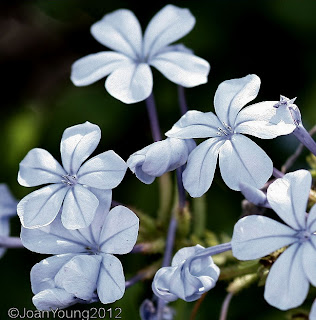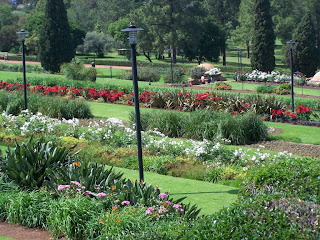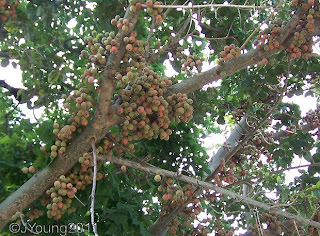Family Euphorbiaceae
A small shrub or tree growing 4 to 5 metres in height and occurring in low altitudes.
The female flowers are reddish and not so fluffy and grow in catkin-like spikes and are unpleasantly scented.
The young flowering spikes are often parasitized by insects and therefore form distorted, tangled, sterile growths.
The flowers are said to have an offensive smell which has been likened to that of rotting watermelon. In African medicine an infusion of the roots is used to bathe the body to ease pains and is also a constituent of a mixture believed to ensure fertility.
This would make a very good tree in the garden but both a male and female tree would be necessary to continue propagation.

_101_8212.jpg)
_101_8340.jpg)
_101_8343.jpg)























